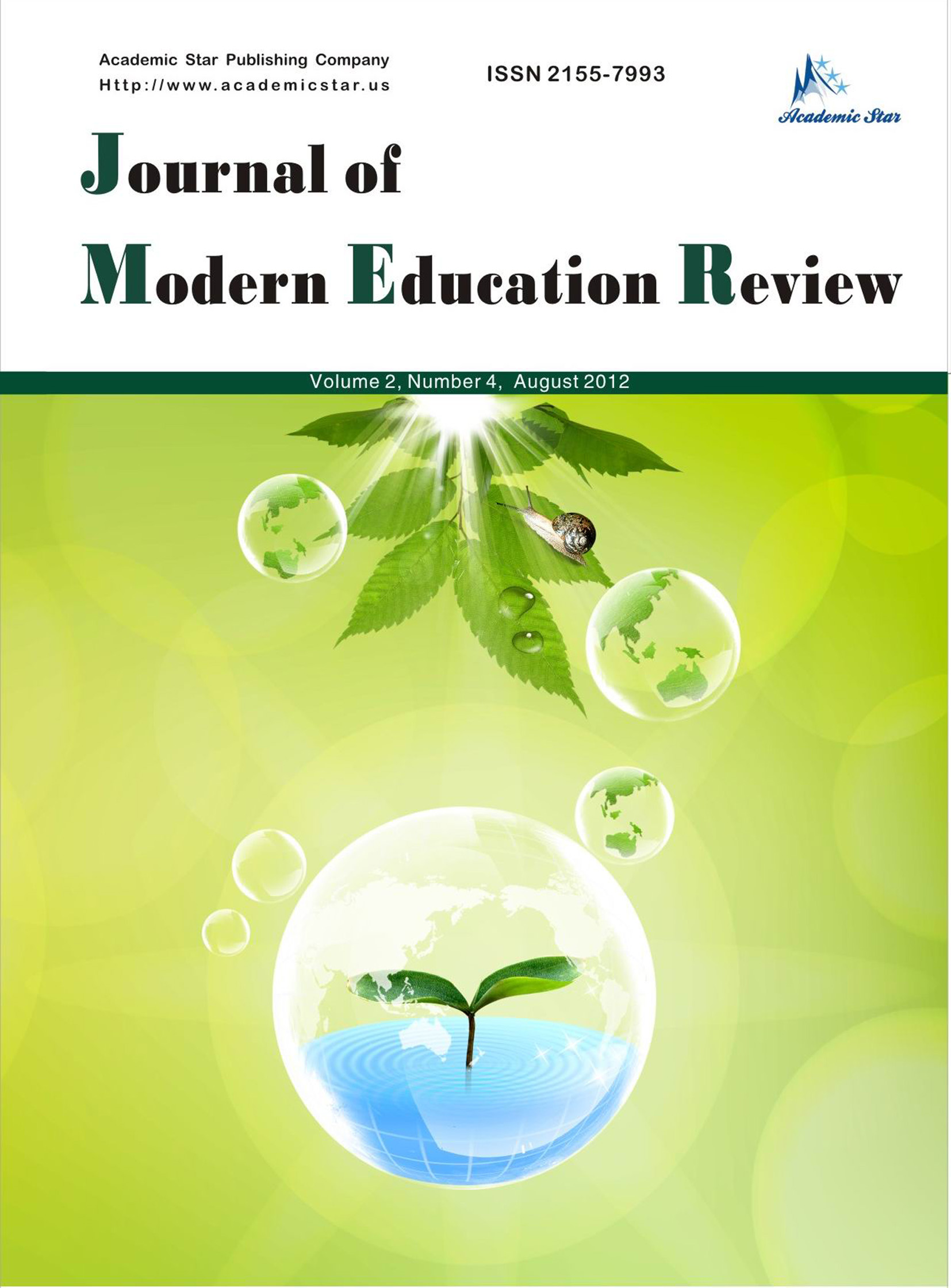
- ISSN: 2155-7993
- Journal of Modern Education Review
Training Medical Students in Biostatistics by Applying Computer Simulations to Perform Scientific Research through Processing True (Valid) Data from Medical Practice
Nedialka Petrovaa1, Ralitsa Raycheva2, Ani Kevorkyan3, Jordanka Stoilova4
(Department of Social Medicine and Public Health, Faculty of Public Health, Medical University Plovdiv, Bulgaria)
Abstract: Aim: The purpose of using simulations in Biostatistics education is to give students basic knowledge of the principles of experimental data collection, statistical processing and analyses of results. These are activities where knowledge is acquired through trial and error. The simulation as a didactic tool directly influences on the students’ minds and involve them in the research. Students play the role of researchers, through the imitation of actual situations in order to describe and model complex medical trails. During the practical exercises, in order to create the closest to reality research model, students use real medical records databases, materials from websites, books and further reading.
The goals of implementing this training approach could be summarized in the following aspects: to encourage creativity, to develop associative thinking and intuition in acquiring statistical knowledge. This is a new concept of human capabilities and its “smart extensions” such as computers and communication technologies.
Methods: Students develop their own questionnaire — an electronic patient record as a dynamic scheme. In the next step the young “explorers” select significant features for the cases studied as an input data: gender, age, social status, suspected diagnosis, co-morbidities, type of therapy, complications, condition after treatment. Students apply different computer techniques such as sorting, filtering by various criteria and etc. From a demo copy the researchers extract a representative sample, which contains factorial and consequential variables.
Results: To justify the effectiveness of incorporating simulations as teaching tools analyses of the test results from the final monitoring and evaluation of knowledge were performed. We used relative criterion to examine the level of cognitive and achievement abilities. Confidence interval for the average students’ marks is respectively 13.28 ± 0.83 for the experimental group and 4.6±0.70 for control group. The proportion of students from the experimental group who have learners’ rate/coefficient of learners 0.6÷0.79 is 25% ± 5.75%, for the control group is 4% ± 2.5%. The difference was statistically significant – U = 8.34.01, p < 0.01.
Key words: biostatistics, simulation, medical education






